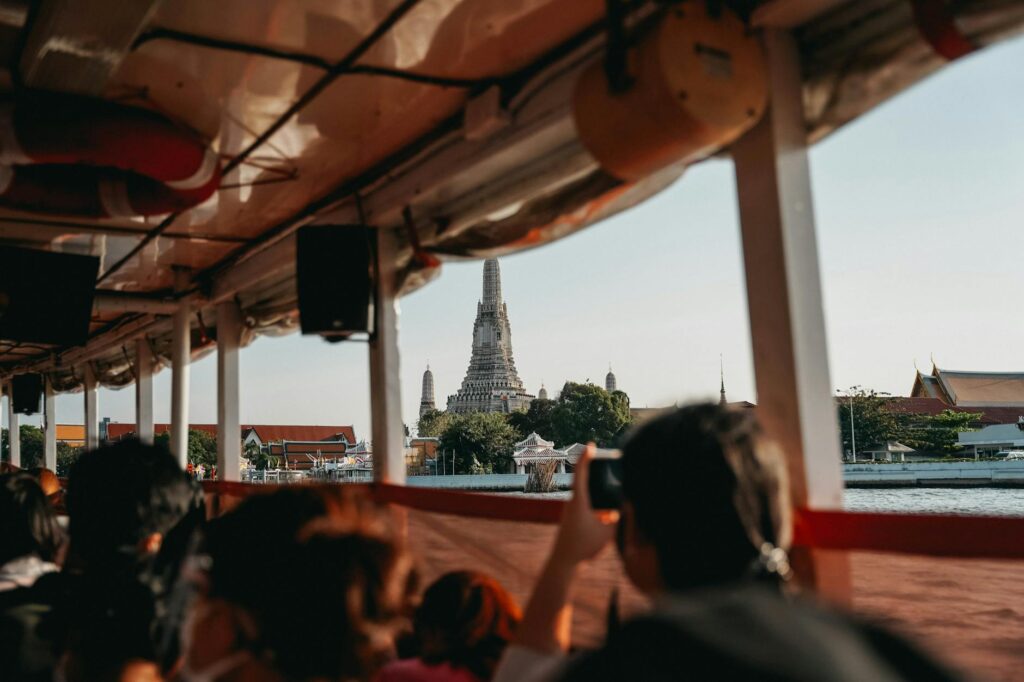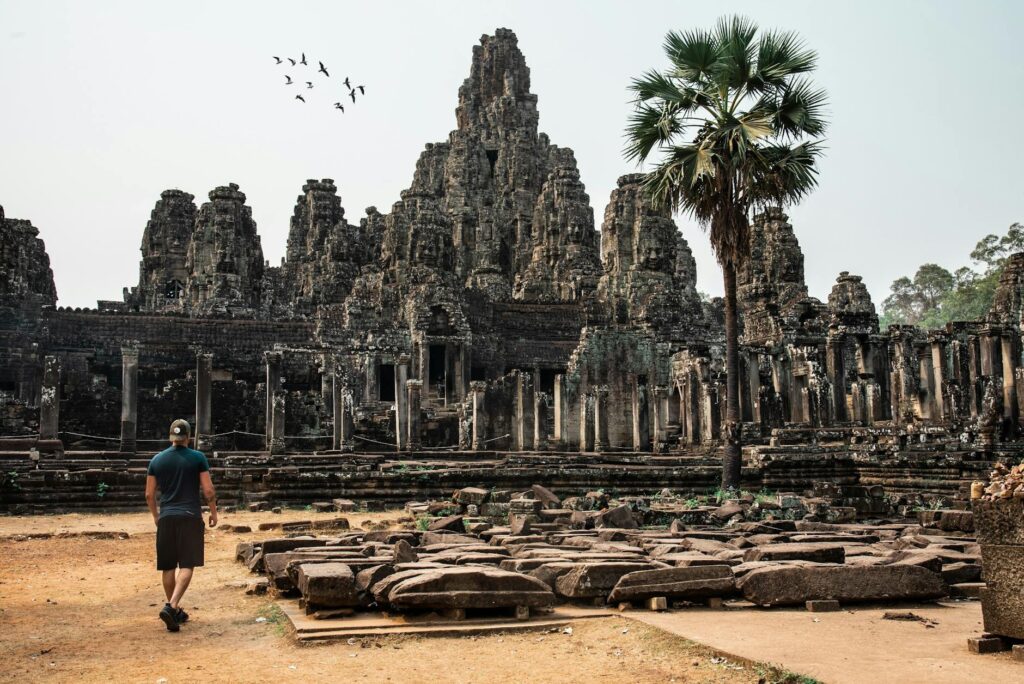Planning a trip to Angkor Wat, but have concerns about accessibility? Don’t let a disability hold you back from experiencing this magnificent wonder! With a little preparation, you can have an unforgettable and accessible Angkor Wat tour.
Planning Your Accessible Angkor Wat Trip
The key to an accessible trip is thorough planning. Researching accessible transportation options, booking accommodations with appropriate facilities, and identifying accessible routes within the temple complex are all crucial steps. Consider hiring a local guide familiar with accessibility issues; they can provide invaluable insights and assistance. You might also explore using a wheelchair or other mobility aids; renting one locally is sometimes an option. Remember to check the official Angkor Wat website for the most up-to-date information on accessibility features.
Accessible Transportation in Siem Reap
Getting around Siem Reap and Angkor Wat with a disability requires careful consideration. Taxis and tuk-tuks are readily available, but ensure you book in advance and communicate your accessibility needs clearly. Some tuk-tuks may be better equipped than others. You can also look into hiring a private car service; these often offer more flexibility and comfort. For longer distances, consider using a reliable transportation service that specializes in accessible transport. 
Navigating Angkor Wat: Accessible Routes and Areas
While Angkor Wat is not entirely wheelchair accessible, many areas can be enjoyed with some planning. Focus on the main temple areas, which generally have less steep terrain. The paved walkways around the main structures are relatively smooth, though some sections might be uneven. Remember to bring a comfortable pair of shoes as you will be doing a fair amount of walking. Consider bringing a walking stick or other mobility aid to support your journey. Learn more about accessible routes. 
What to Expect and How to Prepare
Managing expectations is key to a positive experience. Some areas will be challenging, and you may need assistance in certain parts. Be prepared for crowds, especially during peak season. Pack light to make navigating easier, and ensure you have any necessary medications or equipment readily available. Remember to stay hydrated, especially in the hot Cambodian climate. Read about essential packing tips.
Accommodation and Support Services
Finding accessible accommodation in Siem Reap is easier than you might think. Many hotels and guesthouses cater to travelers with disabilities, offering ramps, elevators, and adapted rooms. Check reviews carefully and contact hotels directly to confirm their accessibility features. Consider booking your stay via a travel agency specializing in accessible tourism; they can help you find suitable accommodation and arrange other support services. [IMAGE_3_HERE]
Embracing the Experience
Visiting Angkor Wat, despite accessibility challenges, offers a rewarding and memorable experience. While some areas might be inaccessible, the majestic beauty and cultural significance are worth the effort. With proper planning and preparation, you can have a truly enriching experience, focusing on what you can access while appreciating the magnificence of this historical site. Remember to embrace the journey, and enjoy the incredible history and culture that surrounds you. Discover more about Angkor Wat’s history.
Frequently Asked Questions
What accessibility features are available at Angkor Wat? While not fully accessible, Angkor Wat has paved walkways, and many key areas are navigable with assistance. Some areas, particularly the upper levels of temples, are not accessible.
Are there accessible restrooms available? Accessibility varies across the site. Restrooms closer to main entrances tend to be more accessible than those in more remote areas. It is advisable to plan your bathroom breaks in advance.
Can I hire a wheelchair or other mobility aid in Siem Reap? Yes, several rental options exist in Siem Reap. You should book in advance to secure your equipment.
What is the best time of year to visit for an accessible trip? The dry season (November to April) generally offers more comfortable weather and better accessibility due to drier ground conditions.
Is there any assistance available at the site? While there isn’t dedicated disability support staff, local guides can be very helpful, offering assistance and support.

